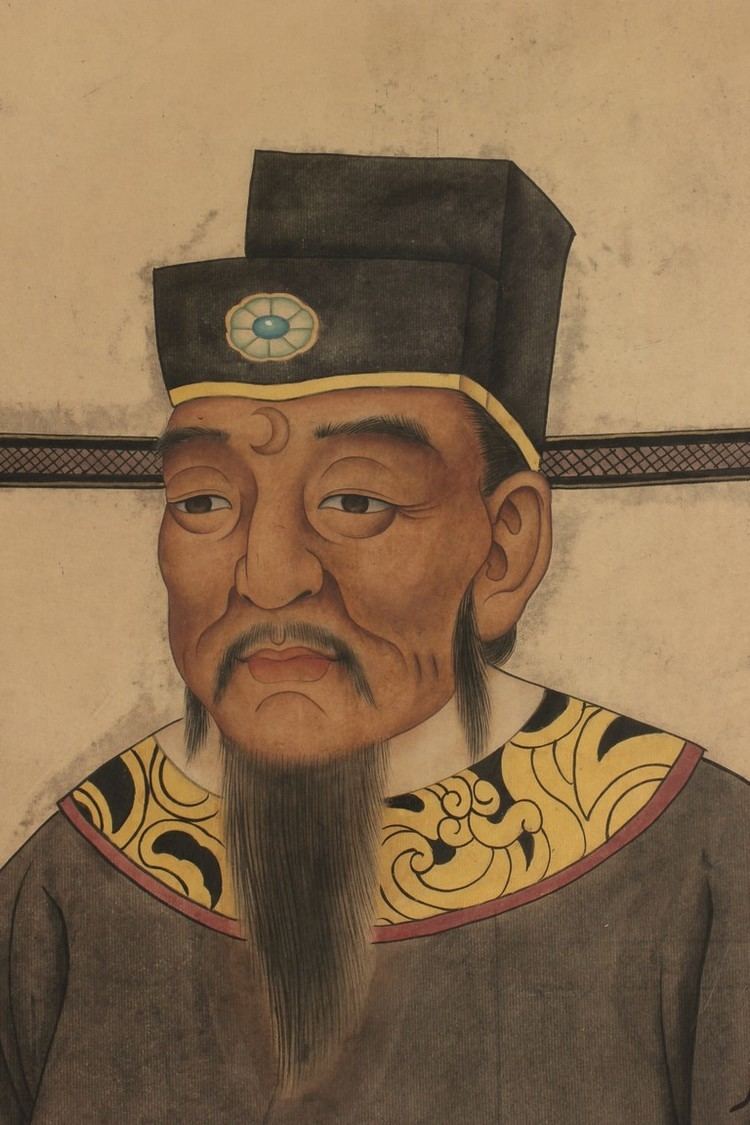The Sun Media Group Sdn Bhd was sold by shareholders who included Berjaya's Vincent Tan Chee Yioun and his lawyer V.K. Lingam to Nexnews Bhd sometime in 2003. One of the conditions imposed on that sale by the Securities Commission Malaysia was that the vendors indemnify Nexnews for any amount of damages awarded by any court against Sun Media Corp in relation to all legal proceedings commenced prior to the completion of the acquisition of Sun Media Corp by Nexnews.
One of those proceedings was the matter of Ganesh Sahathevan v Sun Media Group Sdn Bhd.
I have referred to this matter and how its management by the Industrial Court, in light of the VK Lingam video, raises questions about the corruption of that court and a former Director-General of the Manpower Department, Zainol Abidin Abdul Rashid.
http://malaysianjudges.blogspot.com/2007/10/will-zainol-abidin-abdul-rashid-step.html
In Award 893 of 2006 , delivered on 22 May 2006, IC chairman Haji Saufee Afandi bin Mohmad found that the sacking of the claimant , Ganesh Sahathevan , a journalist , by his employer, Sun Media Group Sdn Bhd, publisher of THE SUN daily, was just and for proper cause.
The company had sacked the claimant in January 1997 , for writing a
story that the company had published concerning the business dealings
of Datuk Mokzhani Mahathir and a former stock broker from Singapore,
Peter Lim Eng Hock.
The story written was based almost entirely on statements made by
Mokzhani Mahathir.
Peter Lim issued a cease and desist to the Claimant and company in
regards to the story, but not Mohzani Mahathir.
The company immediately sought to apologise to Mr Lim and retract the
story, before it had obtained from Ganesh Sahathevan a written report
regarding his sources and justification for the story.
Subsequently, the company had claimed that Ganesh did not exercise
proper care in writing the story, claiming that the story was false.
The company alleged that legal action had been commenced against it
by Mr Lim as a result of publication of the story, even though no
legal action had been commenced. Ganesh maintained that the story was
accurate, and alleged victimisation on the basis that Berjaya Group
Bhd, then a shareholder of Sun Media Group, was also a party to the
business dealing revealed in the story.Company searches were provided
as evidence of Berjaya's involvement.
In finding for the company , Haji Saufee Afandi held:
"The Claimant has made issue with the Company's offer to apologize to Peter Lim.I agree with the Company that the offer to apologize is irrelevant to whether or not the dismissal of the Claimant is for just cause or excuse. If the Claimant had indeed written the Peter Lim article negligently ie without proper basis then he has committed a misconduct. That is so whether the Company offered to apologize or not. In fact even if the Company decides to fight the claims and wins based on evidence or fair comment that it obtains subsequently or through other parties still the Claimant is guilty of misconduct if he wrote the article without proper basis. "
The company had relied on a number of defamation cases in its submission.
Thus, the Industrial Court in this case considered the matter as one of defamation.
In the words of the learned Chairman:
Although these are defamation cases, they are relevant to guide the Court on the type of justification a journalist must have when he writes an article, especially one that contained allegations which may affect the reputation of the person mentioned .
The decision opens to the door for plaintiffs in defamation matters another avenue when seeking suppression of stories they are not happy about.
Parties who feel aggrieved by any matter published need not now seek the more legally rigorous and expensive route of an action in defamation, and related interlocutory injunctions. They can now attempt to ensure that the publisher of the article is pressured enough,with the mere threat of an action in defamation, to act against its own journalist,who would be denied the defence of fair comment.
In one fell swoop Saufee Affandi destroyed the centuries old defence of fair comment, quite an amazing feat for a chairman of an Industrial Court, who was formerly a judge in the Sessions Court. Like the case of Vincent Tan v MGG Pillai, this too appears to be a case where the court was prepared to create, re-write the law to suit the plaintiff for reasons best known to the judge concerned.
Subscribe to:
Post Comments (Atom)

No comments:
Post a Comment